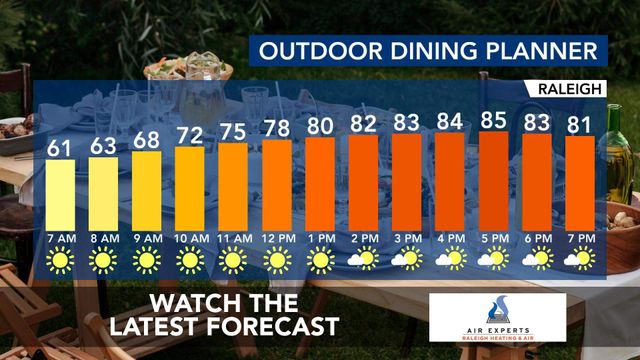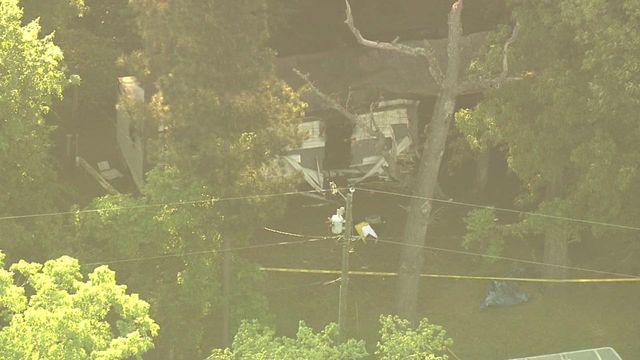More than 1,000 bridges in North Carolina rated 'poor,' federal data shows
There are more than 18,000 bridges across North Carolina, connecting millions of people to places around the state.
The majority — 52% — are in "fair" condition, WRAL Data Trackers found through analyzing Federal Highway Administration information. Still, more than 1,300 are rated as "poor."
"Just because a bridge is 'poor,' doesn't mean it is rated as unsafe," said Dr. Gregory Lucier, the manager for the NC State constructed facilities lab. "It may need maintenance, repair [or] replacement in the near future, but at the moment, remains open because it is safe to use."
At the lab, Lucier and other researchers are looking at how to make bridges more durable and sustainable over time. This means engineering different materials like fiberglass or carbon fiber to replace traditionally used construction substances, like steel.
"We’re designing structures with stronger materials, lighter materials and probably most importantly – materials that are not subject to corrosion in the way that traditional steel can corrode," he said.
Corrosion is one reason a bridge might degrade over time. Other factors can include heavy traffic or the weight of the vehicles traveling on the bridge. All of that could result in materials breaking down and the Federal Highway Administration rating it as poor or structurally deficient.
"As a bridge degrades over time, the amount of load a bridge can safely cary may be reduced," Lucier said.
According to the Federal Highway Administration, inspections happen every two years.
Here's how the federal authority determines the rating: the condition is determined by the lowest rating of National Bridge Inventory (NBI) condition ratings for deck, superstructure, substructure or culvert. If the lowest rating is greater than or equal to 7, the bridge is classified as good; if it is less than or equal to 4, the classification is poor. Bridges rated 5 or 6 are classified as Fair.
In North Carolina:
- About 52% of the bridges are rated as fair
- 41% are rated as good
- 7% are rated as poor
Lucier says all bridges that are open are safe
"If unsafe bridges are found, the engineer has an ethical and legal obligation to close them immediately," he explained.
Right now, a bridge's usual lifespan ranges from 40 to 60 years, depending on its location.
The research Lucier and his colleagues are conducting will hopefully increase that to 100 years. While the materials are more expensive upfront, the longevity means less expensive in its lifetime, Lucier said.
North Carolina is poised to receive a projected $15 billion in federal and state funding over the next decade for road, highway and bridge projects, according to TRIP, a private Washington, D.C.-based nonprofit organization that researches transportation issues. The total includes about $7.2 billion derived in part from state sales tax revenue, according to TRIP, and another $7.8 billion in federal funds approved through the Infrastructure Investment and Jobs Act, which was signed into law in 2021.











